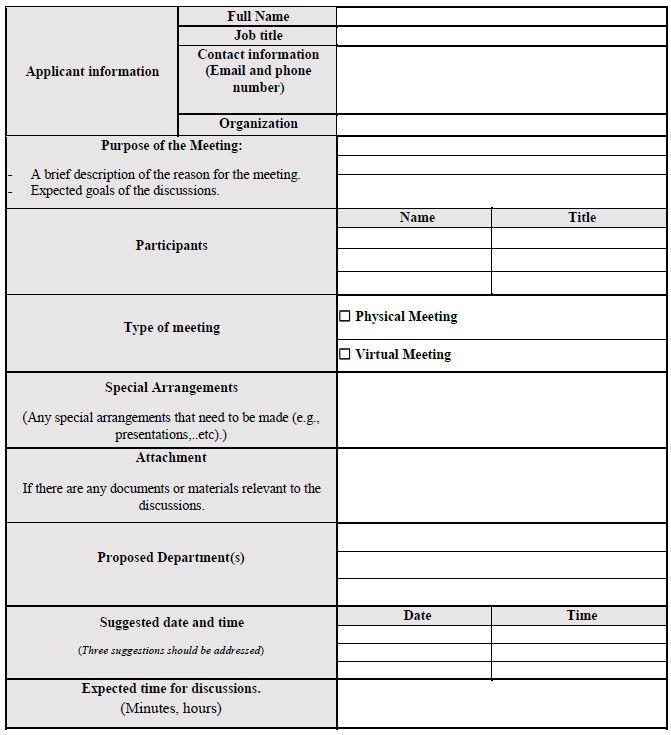USFDA Guidance: Recommended Acceptable Intake Limits for Nitrosamine DS-Related Impurities
- Sharan Murugan

- Aug 4, 2023
- 2 min read
Today (04 August 2023) the United States Food & Drug Administration's Center for Biologics Evaluation and Research and Center for Drug Evaluation and Research released final guidance on “Recommended Acceptable Intake Limits for Nitrosamine Drug Substance-Related Impurities (NDSRIs)”.

Nitrosamines are a class of organic compounds that can form during the synthesis or storage of drug substances and products. Nitrosamines are known to be potential carcinogens and can form impurities during the manufacturing process of pharmaceutical products.
The potential carcinogenic properties of nitrosamines mean that even trace amounts in medicines could pose serious health risks to patients over extended periods.
As part of this guidance, applicants and manufacturers of pharmaceutical products, including prescription drugs and over-the-counter (OTC) products, are provided with a framework for predicting the mutagenic and carcinogenic potential of NDSRIs that may be present in products and are instructed to limit their acceptable intake (AI).
An AI limit is a level that approximates an increased cancer risk of one additional case in 100,000 people based on a conservative assumption of daily exposure to the impurity over a lifetime (70 years).
The NDSRIs, which are a subclass of nitrosamine impurities and share structural similarities with the active pharmaceutical ingredients (API) in drug products, lack compound-specific mutagenicity and carcinogenicity data.
The Nitrosamine Guidance introduced a three-step process that manufacturers and applicants should take to mitigate nitrosamine impurities in their drug products:
conduct risk assessments for nitrosamines in their APIs and drug products;
conduct confirmatory testing if risks are identified; and
report changes implemented to prevent or reduce the presence of nitrosamine impurities in APIs and drug products in approved and pending NDAs and ANDAs.
Based on the structural characteristics of NDSRIs, this guidance recommends a method for AI determination that can be used to generate predicted carcinogenic potency categorizations and recommended AI limits. Manufacturers and applicants may use this method to evaluate potential impurities in their drugs if there are no FDA-recommended AI limits.
Click this LINK to know more about Recommended Timeline for Implementing Risk Assessments, Confirmatory Testing, and Submission of Required Changes for NDSRIs.


Comments